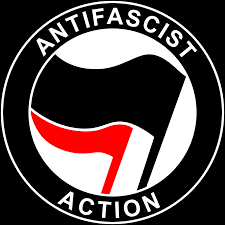Understanding Antifa: Origins and Impact on Society

Introduction
Antifa, shorthand for “anti-fascist,” is a loosely organized movement that opposes fascism and other forms of extreme right-wing ideologies. With its roots in anti-fascist movements of the early 20th century, Antifa has gained prominence in recent years, particularly in the context of contemporary political discourse. Understanding Antifa is crucial as it plays a significant role in protests against white supremacy, police brutality, and broader social justice issues.
Historical Context
The term “Antifa” has been used since the 1980s, mainly in Europe, to describe groups that opposed neo-nazi and far-right ideologies. This movement draws inspiration from those who resisted fascism during the Spanish Civil War and World War II. In the United States, the movement has evolved to include various factions focused on countering hate groups and extremist political agendas.
Core Principles and Tactics
Antifa is characterized by its decentralized structure, with no clear hierarchy or official membership. This flexibility allows for a wide range of tactics, including organized protests, counter-demonstrations, and, controversially, direct action against perceived fascist elements. Antifa advocates often focus on education and raising awareness about the dangers of right-wing extremism. Critics argue that some of its tactics can lead to violence and undermine the principles of free speech.
Recent Developments
In recent years, the Antifa movement has been thrust into the national spotlight, particularly during the protests following the killing of George Floyd in May 2020. The group has been involved in various protests against police brutality and racism. However, the term has also been weaponized in political rhetoric, often mischaracterized to describe any leftist activism. This has led to increased polarization in the discourse surrounding Antifa, making it a contentious topic among right-wing commentators and progressive activists alike.
Conclusion
Understanding what Antifa represents is vital in today’s political climate. While the movement’s commitment to opposing fascism resonates with many, its methods and the hysteria surrounding it raise important questions about civil liberties and political expression. As these discussions evolve, it remains significant for readers to think critically about the implications of Antifa’s actions and the broader fight against intolerance and injustice.








